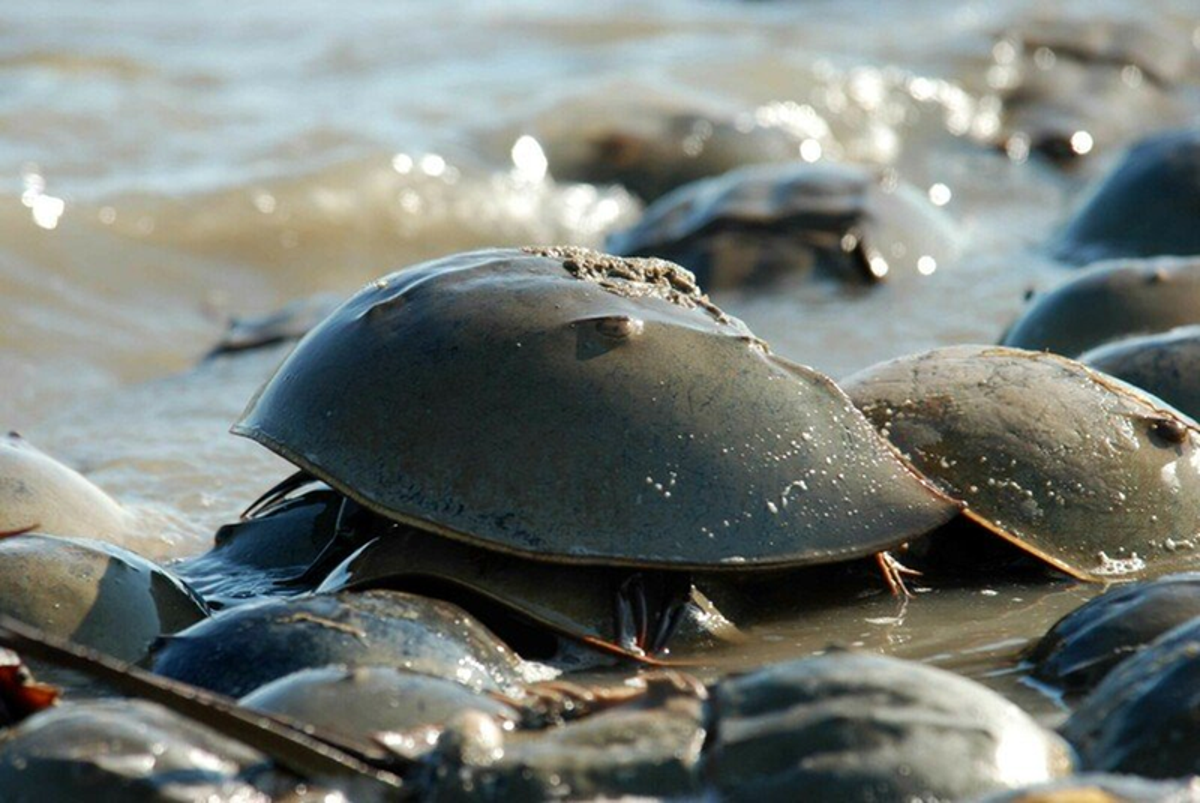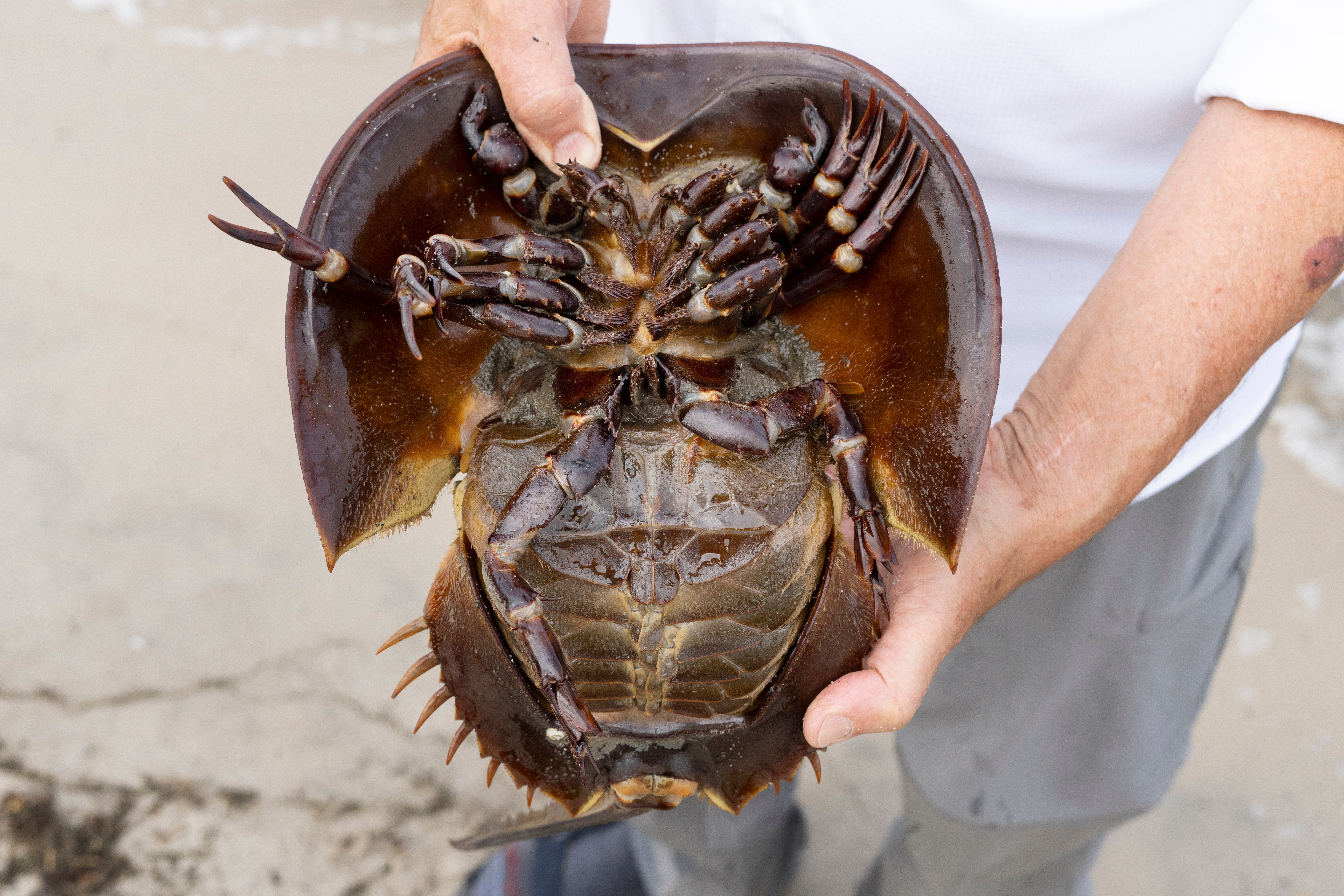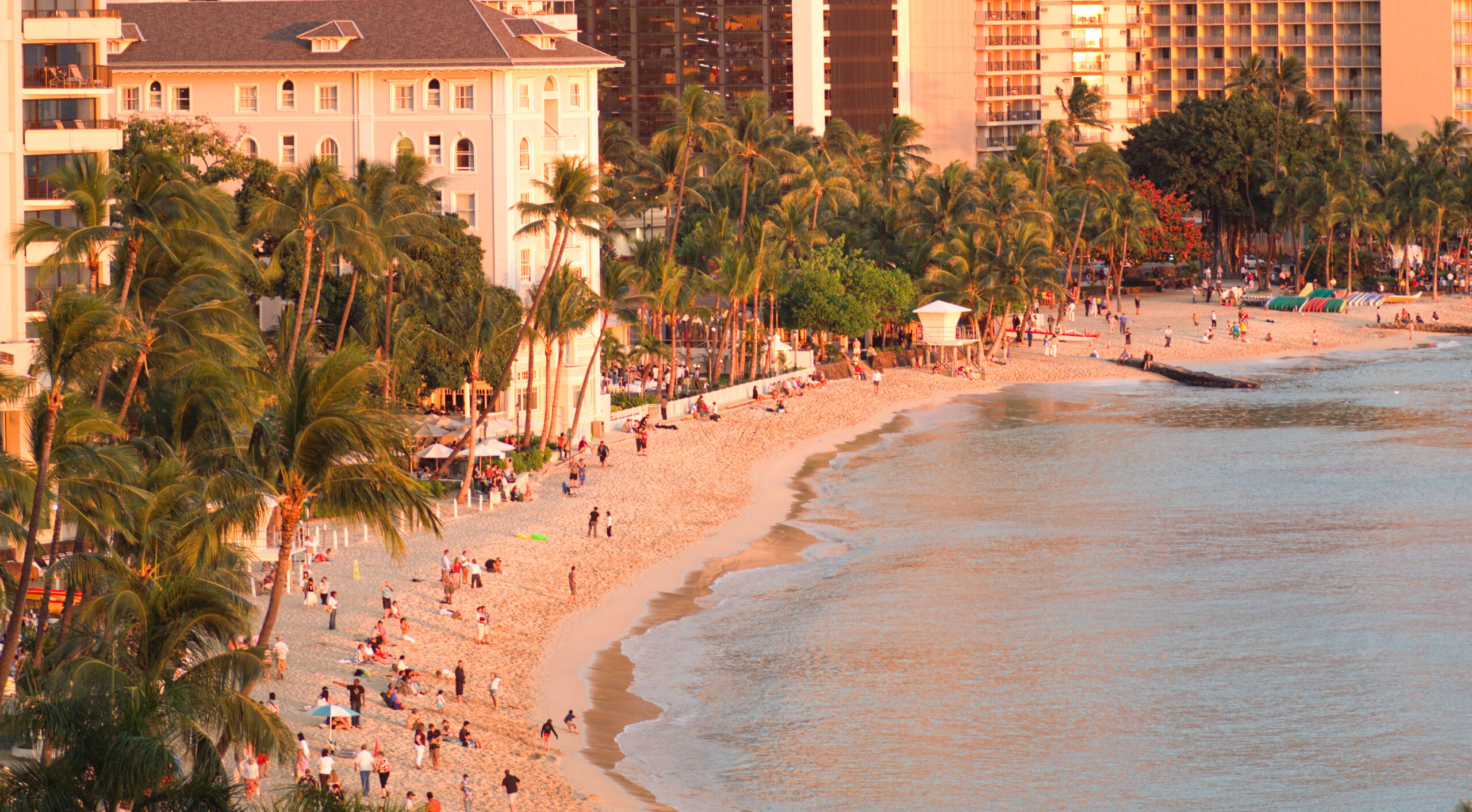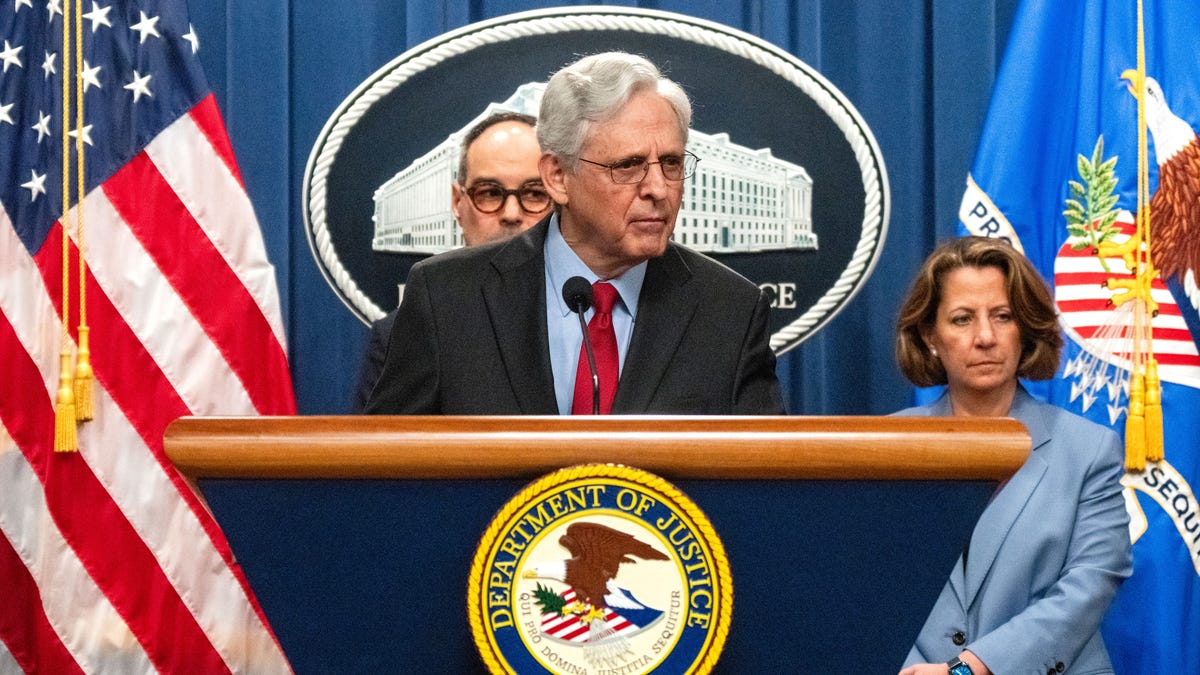Maryland
Marijuana reclassification would give Maryland’s cannabis industry a major tax cut

BALTIMORE — The U.S. Justice Department is moving to reclassify marijuana as a less dangerous drug. The historical drug policy change could end up saving cannabis businesses big bucks.
Marijuana is currently classified as a “Schedule 1” drug alongside heroin and LSD, by being deemed as having a high potential for abuse.
But the U.S. Drug Enforcement Administration is asking to move marijuana to Schedule III, alongside ketamine and some anabolic steroids
The DEA’s proposal, which still must be reviewed by the White House Office of Management and Budget, would recognize the medical uses of cannabis and acknowledge it has less potential for abuse than some of the nation’s most dangerous drugs.
The reclassification would not federally legalize marijuana outright for recreational use.
Reclassification would eliminate Maryland tax code
Christina Betancourt Johnson, the CEO of Standard Wellness Maryland, said the reclassification would allow more funding for medical research on cannabis and its effects on people.
There’s also a major financial impact that cannabis businesses could feel in Maryland.
The national reclassification would eliminate the Section 280E tax code, which prohibits legal cannabis companies from deducting what would otherwise be ordinary business expenses.
“You might have an effective 80 percent tax rate for every dollar earned,” Johnson said. “Whereas competitive businesses in any other industry would have a 30ish percent tax rate. So, it’s very burdensome.”
The tax code elimination would also be significant to the new cannabis businesses that are entering the state’s cannabis industry.
In March, Maryland regulators awarded adult-use marijuana social equity licenses to 174 growers, processors and dispensaries.
“This particular rescheduling effort is enormous,” Johnson said. “It will allow small business owners, particularly those who came through the social equity round, to get operational and fully reap the benefit of their hard work and their profits without that very burdensome 280E tax code.”
The latest data shows how quickly the cannabis industry is growing in Maryland since the state legalized adult marijuana use in July 2023. According to the Maryland Cannabis Administration, the state made $273 million in year-to-date cannabis market sales.
When will marijuana be reclassified?
However, the drug rescheduling process will take some time. The rescheduling proposal entered the White House Office of Management and Budget on April 30th.
Johnson said the agency then has 90 days to complete its review. But it is expected to work on an expedited timeline.
Then, the proposal goes back to the U.S. Department of Justice for a 60-day public comment period.
During that period, there will be a hearing in front of administrative law judges, who will conduct evidence to prepare a non-binding recommendation for the DEA.
If the judges approve, the DEA would publish a final order in the register. Johnson believes the process could be completed before the elections in November.
President Joe Biden called for a review of federal marijuana law in October 2022.
Schedule III drugs are still controlled substances and subject to rules and regulations, and people who traffic them without permission could still face federal criminal prosecution.

Maryland
Larry Hogan: How the federal government can fight carjacking rings in Maryland | GUEST COMMENTARY

One alarming aspect of the current crime wave is the dramatic increase of both violent and property crime in areas of Maryland that have not seen similar surges in the past. That’s exactly what is happening in Prince George’s and Montgomery counties, which are suffering from rapid increases in rates of violent crimes, carjackings and robberies. In just the past few years, crime has exploded in these counties from a secondary concern to now ranking as the top concern for residents. Local and state leaders are unable to address this crisis alone — in the Senate, I will make sure the federal government steps up to be the real partner Maryland needs.
Organized carjacking rings are a major source of the problem. In Prince George’s County alone, carjackings have increased almost 600% since 2019 and are on track to increase even more this year. These rings often operate by recruiting teenagers. Well-intentioned but reckless efforts to keep juveniles out of the criminal justice system have made it virtually impossible to hold them accountable and offer real rehabilitation.
While we must continue to work to address the long-term root causes of crime, provide more and better mental health resources, and help those who have paid their debts successfully re-enter society, we cannot afford to avoid taking immediate action to get violent criminals off the streets.
In 2022, when I was governor, my administration showed that this could be done effectively in Baltimore City by leveraging federal resources. When then-State’s Attorney Marilyn Mosby was failing to prosecute crimes, we worked with the U.S. Attorney for Maryland, Erek Barron, to deploy strategic federal assets to get the job done, providing millions of state funding to support additional prosecutors and staff, including 10 additional Special Assistant United States Attorneys for the Baltimore Office. These prosecutors pursued the “Al Capone model” of pursuing federal firearms, fraud and other criminal charges against individuals known to be repeat violent offenders.
That same year, amid cuts to police funding by some local jurisdictions, we advanced our $500 million Re-Fund the Police initiative, which provided a 50% increase in state aid to local police for historic salary increases and bonuses for law enforcement officers, support for victim services, and more funding for training and technology. Starting in August 2022, murders in Baltimore began to decline compared to the prior year. This trend continued for five out of the next six months before I left office and thankfully continued through 2023.
We must adopt this proven approach at the federal level as a critical tool in our crime-fighting toolbox. On day one in the Senate, I will get to work to surge resources to hire federal prosecutors who will focus on breaking up these carjacking gangs and other organized crime. Despite our investments in law enforcement, this funding and support is not always matched by local leaders. Just in the past week, we met with the Prince George’s FOP, Anne Arundel FOP and federal law enforcement to hear about the resources they need to get the job done. We need a federal Re-Fund the Police initiative with greater training for law enforcement, more school resource officers, and funding to solve violent crimes that are terrorizing our communities and eroding the quality of life for too many Marylanders.
This is only the start of what the federal government must and can do to tackle crime across not just Mayland, but all across the country. We need to pass tougher federal penalties for criminals who use illegal guns and encourage states to implement red flag laws to get guns out of the hands of the mentally ill. We need to be proactive about leveraging the federal laws on the books, such as increased penalties for firearms in school zones and other federally-designated locations, to get repeat violent offenders off the street.
Crime is on the top of the minds of Marylanders and Americans, but — like most pressing issues of the day — Washington politicians only offer platitudes and point fingers. That must change. We can no longer allow politics to get in the way of public safety. There are bipartisan common sense solutions the federal government can adopt that will make a real difference. In the Senate, I will make it a top priority to bring people in both parties together to get this done, support our law enforcement, and make our communities safer.
Larry Hogan (info@larryhogan.com) was the 62nd governor of Maryland and is the state’s Republican nominee for the U.S. Senate seat being vacated by retiring Sen. Ben Cardin.
Maryland
Maryland man killed in crash near Woodside, Delaware – 47abc

WOODSIDE, Del. – A Maryland man has died following a serious crash near Woodside, Delaware.
According to Delaware State Police, the crash occurred around 2:20 a.m., Wednesday as a Freightliner tractor-trailer was driving southbound on South Dupont Highway, in the right lane, south of Barney Jenkins Road.
At the same time, a GMC T-Series box truck was also driving southbound, in the right lane, behind the Freightliner. As the Freightliner was slowing to make a right turn into a business, the front of the GMC hit the back of the trailer.
The unrestrained driver of the GMC, a 33-year-old Owings Mills, Maryland man, was pronounced dead at the scene. His name is being withheld until his family is notified.
The driver of the Freightliner, a 51-year-old man from Greensboro, North Carolina was not injured.
The road was closed for around 5 hours while the scene was investigated and cleared.
Delaware State Police are continuing their investigation into the crash. Anyone who witnessed the crash or has information is urged to contact Master Corporal J. Lane at (302) 698-8457 or Delaware Crime Stoppers at 1-800-847-3333.
Maryland
Thousands of crabs wash up on Maryland shores after ‘blue blood’ harvested, suit says

Thousands of dead horseshoe crabs are washing up on Maryland shores after having their “blue blood” harvested, according to a lawsuit filed by the Center for Biological Diversity.
The suit, filed Wednesday, accuses the Maryland Department of Natural Resources of failing to release information detailing exactly how thousands of horseshoe crabs are killed, bled or injured by pharmaceutical companies and fishermen annually.
The process the Department uses to determine when crabs can be harmed is “shrouded in secrecy,” the Center for Biological Diversity claims, adding that this means that they and other parties “can’t meaningfully participate in protecting the imperiled animals,” which are threatened with extinction.
According to the lawsuit, horseshoe crabs are in need of protection because biomedical companies harvest and drain their blue blood, which is then used to detect toxins in drugs and medical devices – a practice that was vital in the production of Covid-19 vaccines.
Lawsuit data shows that horseshoe crab blood harvests have virtually doubled since 2017, with nearly one million horseshoe crabs harvested for their blood in Maryland in 2022.

The lawsuit says that while synthetic alternatives to horseshoe crab blood tests are already being used in Europe, companies in the United States have been slow to adopt the alternatives.
“It’s outrageous that a shared treasure like horseshoe crabs can be killed and injured at such high levels and that details of these slaughters are then hidden from the public. We’re wiping out one of the world’s oldest and toughest creatures through indifference and brutality,” said William Snape, an attorney representing the Center for Biological Diversity.
He added that data surrounding horseshoe crabs should be made “available to the interested public.”
“By shielding huge corporate interests from accountability, the Department of Natural Resources is severely harming the horseshoe crab, Maryland’s shared beaches and the residents of Maryland.”
In 2021, Ocean City, Maryland, experienced a significant die-off of horseshoe crabs, leading to thousands of the creatures clogging local canals. This event was exclusive to horseshoe crabs, with no other aquatic species involved or observed alongside them.
Mass die-offs of horseshoe crabs were noted again in Ocean City in both 2022 and 2023. Additionally, a similar die-off occurred at Brigantine Beach, Maryland, in 2022.
Horseshoe crabs are distinctive brown arthropods, characterized by their armored bodies, ten eyes, and long, spiked tails. They pose no threat to humans. Each spring, these crabs participate in large spawning events along the Atlantic coast, laying their eggs on beaches.
Horseshoe crabs have a long history, dating back over 450 million years, making them nearly twice as old as the dinosaurs. However, in recent decades, their populations have significantly declined in all states, including Maryland. Recent years have seen several mass mortality events for horseshoe crabs along the Atlantic coast.
-

 Culture1 week ago
Culture1 week agoFrom Dairy Daddies to Trash Pandas: How branding creates fans for lower-league baseball teams
-

 World1 week ago
World1 week agoPanic in Bishkek: Why were Pakistani students attacked in Kyrgyzstan?
-

 News1 week ago
News1 week agoRed Lobster files for bankruptcy after missteps including all-you-can-eat shrimp
-

 News1 week ago
News1 week agoThe states where abortion is on the ballot in November : Consider This from NPR
-

 Politics1 week ago
Politics1 week agoMichael Cohen swore he had nothing derogatory on Trump, his ex-lawyer says – another lie – as testimony ends
-

 Movie Reviews1 week ago
Movie Reviews1 week agoMai Movie Review: Emotionally powerful lead performances in this sensitive and heart-breaking romantic film
-

 Politics1 week ago
Politics1 week agoAnti-Israel agitators interrupt Blinken Senate testimony, hauled out by Capitol police
-

 News1 week ago
News1 week agoCity of Kyle falls short of ‘Kyle’ world record














